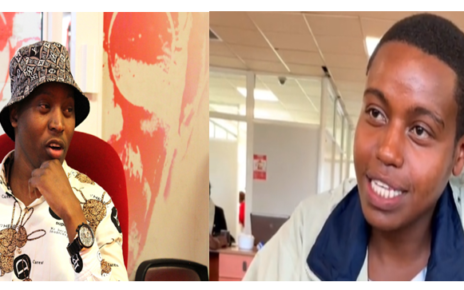The 2013 Presidential election in Kenya was viewed by many as a race that Raila Amollo Odinga could not afford to lose. This was his third attempt at the top seat, following a controversial 2007 election that saw him share power with former President Mwai Kibaki. During the grand-coalition government that followed, Raila served as the Prime Minister.
When facing Uhuru Kenyatta in the 2013 election, Raila had the advantage of having previously held a higher position in government than Uhuru, who was then the Deputy Prime Minister. Raila led the CORD coalition alongside Vice President Kalonzo Musyoka, while Uhuru headed the Jubilee coalition with William Ruto, who is now the president, as his deputy.
After a spirited campaign that saw Kenya participate in the first election under the 2010 constitution, the Independent Electoral and Boundaries Commission (IEBC) was tasked with declaring the results. Before the results were announced to the public, IEBC chairperson Isaack Hassan had to brief several key individuals, including the sitting president, the head of the National Intelligence Service, the Chief Justice, and the National Security Council.

Hassan was also required to brief the winning candidate and the other presidential candidates before making the final results known to the public. In his book titled “Referee of a Dirty Ugly Game,” Hassan describes how he delivered the news to the two leading candidates.
Hassan informed Uhuru that he had won the election a day before he called Raila. Uhuru thanked him for the message and praised him for doing a good job. However, when Hassan informed Raila that he had lost the election, the ODM leader was reluctant to accept the results.
Raila expressed his dissatisfaction with the results, citing concerns about the audit of 100 constituencies that his team had listed for the commission. Hassan reminded Raila that an audit of the said constituencies had been done, and he had even sent him a letter after the completion of the exercise.

Despite Hassan’s efforts to convince Raila to concede, he refused to accept the results and insisted that a second round of voting should be held. CORD leaders disagreed with conceding and advised Raila not to do so.
On the day of the declaration, Uhuru had not yet arrived at the Bomas tallying center, where the announcement was made. When he did arrive, he was surrounded by the trappings of power befitting a president.
CORD leaders and their supporters were downcast on that day and held a separate press conference as Hassan made the announcement. Raila, surrounded by CORD leaders, spoke in a somber tone as he addressed the press, and his brief speech was titled “Democracy is on trial.”
In conclusion, the 2013 Kenyan presidential election was a closely contested race between Raila Amollo Odinga and Uhuru Kenyatta. Despite Hassan’s efforts to convince Raila to concede, he refused to accept the results and insisted that a second round of voting should be held.


